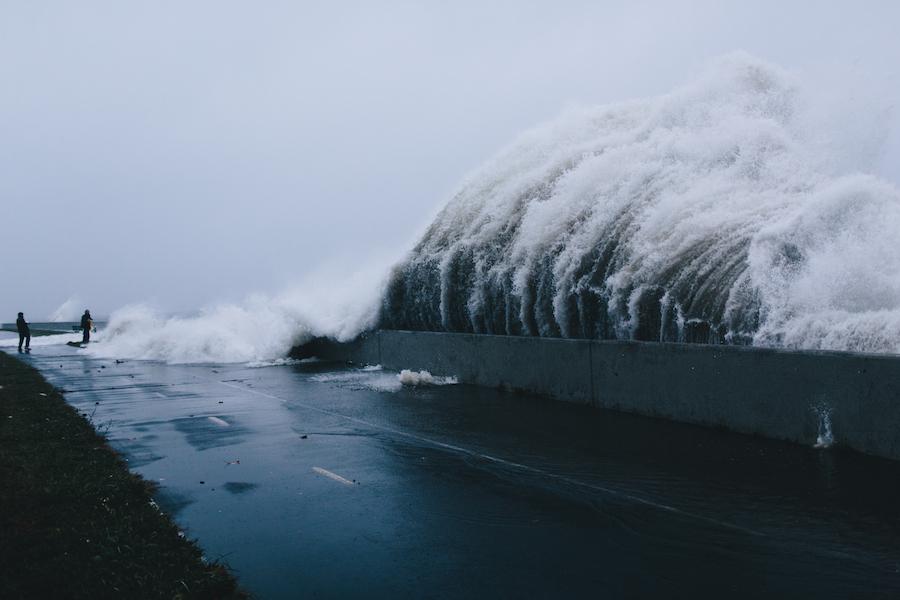As the one-year anniversary of Hurricane Sandy approaches, New Yorkers are starting to reflect anew on the disaster and its aftermath.
The International Center of Photography and the Museum of the City of New York are highlighting that journey in a joint exhibition called “Rising Waters: Photographs of Hurricane Sandy.”
The 100 photographs in the exhibition were selected from nearly 6,000 entries submitted to an open call. They include high-resolution photos from professionals as well as photos from storm victims taken with mobile phones.
“I tried to focus more on the interest of what is depicted rather than on image quality or sharpness or composition. This is intended to be a little more descriptive,” ICP curator Kristen Lubben said.
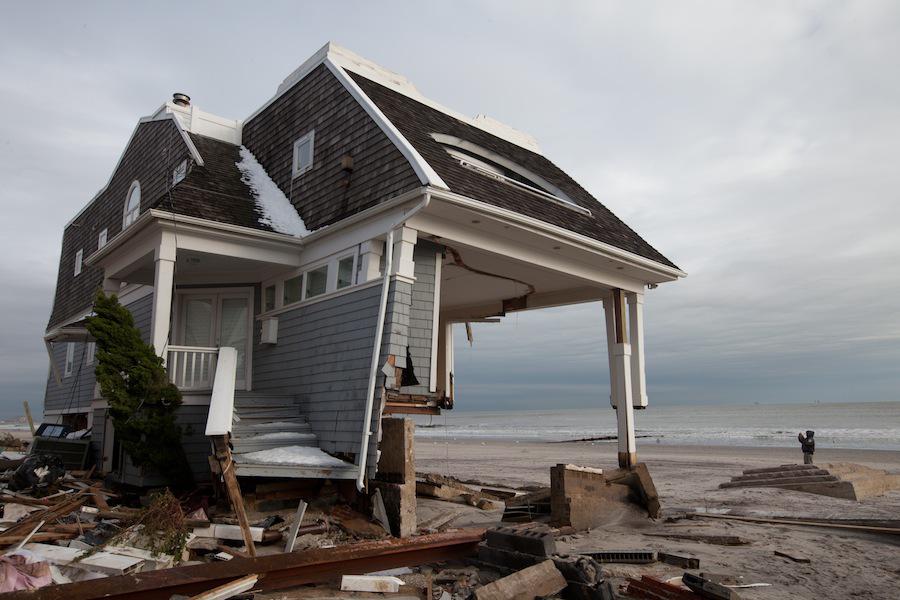
Copyright Allan Tannenbaum
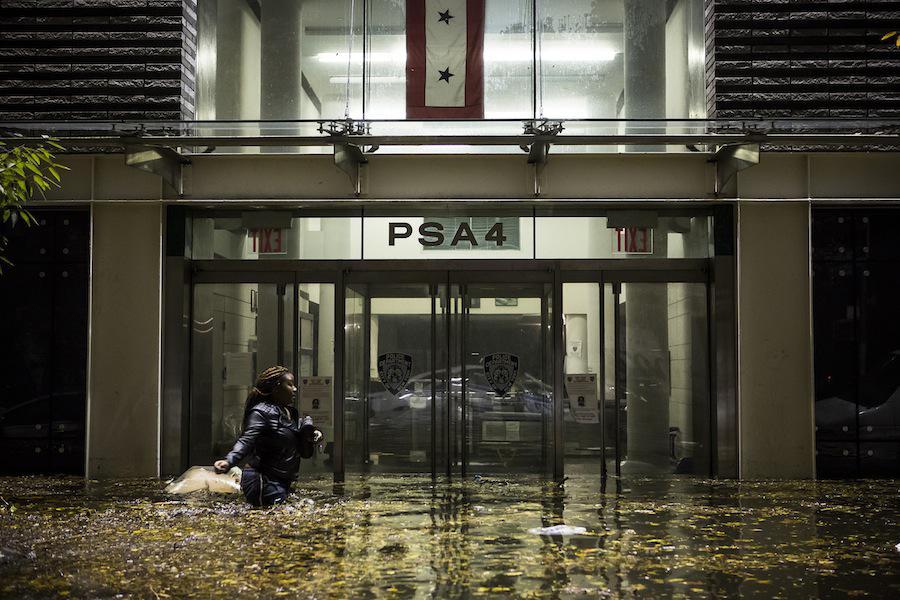
Copyright David Maurice Smith/Oculi

Copyright Amy Medina/DangRabbit
According to Lubben, drawing from a pool that included the work of amateur photographers has its advantages. “You get pictures that are really of the moment. Some of the photojournalists weren’t there in the midst of it, weren’t in Breezy Point in the middle of the fire. They came after the fact,” Lubben said. “You have people in their own communities and their own houses. They’re the kind of pictures you wouldn’t get from a professional photographer.”
Another advantage of these types of photos, Lubben said, is that they depict parts of the city that haven’t gotten as much attention in the press. For Lubben, seeing those photos showed her how the extent of the devastation varied greatly across the boroughs. “When you’re looking at the images, after a while you didn’t need to look at the captioning to know where it was taken. The effects of the hurricane were so different depending on the area,” she said.
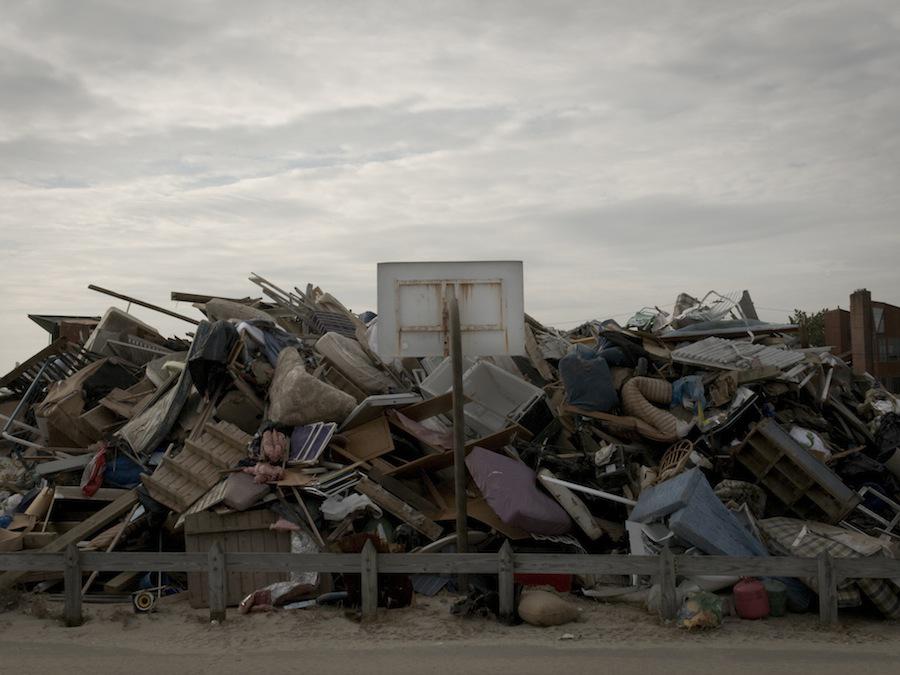
Copyright Svetlana Bachevanova
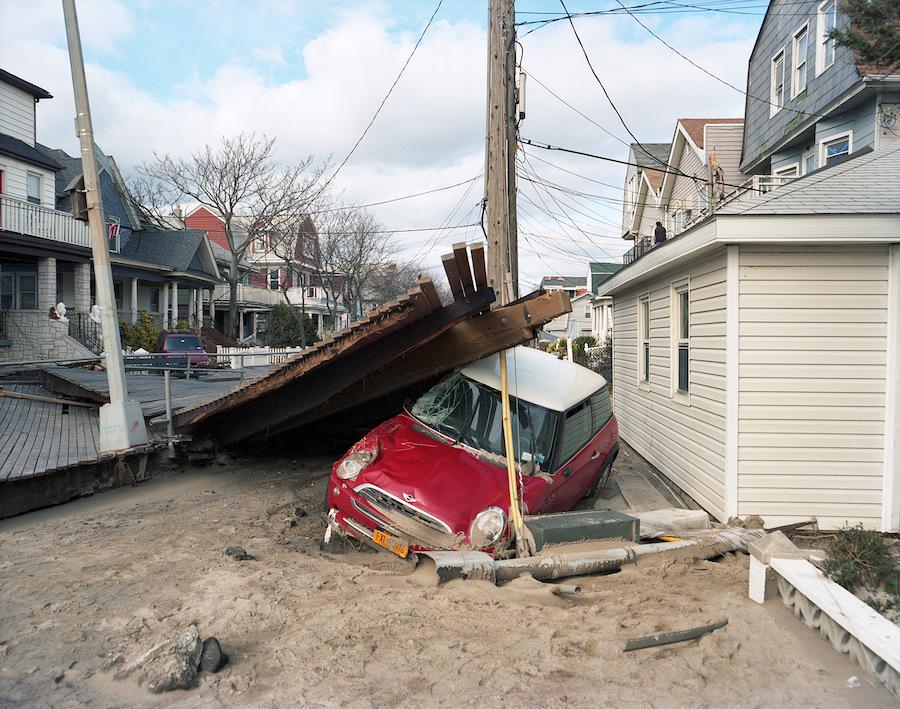
Copyright Susannah Ray. Courtesy of Bonni Benrubi Gallery.
Some of the images were taken months after the storm passed, serving as heartbreaking evidence of the destruction’s lingering impact. “When you see the pictures of how extreme the devastation was, you’re reminded that people are still recovering and still dealing with it, and that there are parts of the city that are so vulnerable,” Lubben said.
But the exhibition isn’t all doom and gloom. Part of the exhibition focuses on the recovery efforts after the storm, depicting the hard work and generosity of New Yorkers. “I think that seeing some of the recovery was part of the experience of the hurricane for a lot of people,” Lubben said. “Showing the instant impact doesn’t show the full extent of what happened. If you only see houses underwater or cars underwater, you don’t see the weeks and months of work that communities did to rebuild. That’s such an important part of the story.”
The exhibition will remain on view at Building 19 in Nolan Park on Governors Island in New York City until Sept. 29.

Copyright Jennifer Chewick
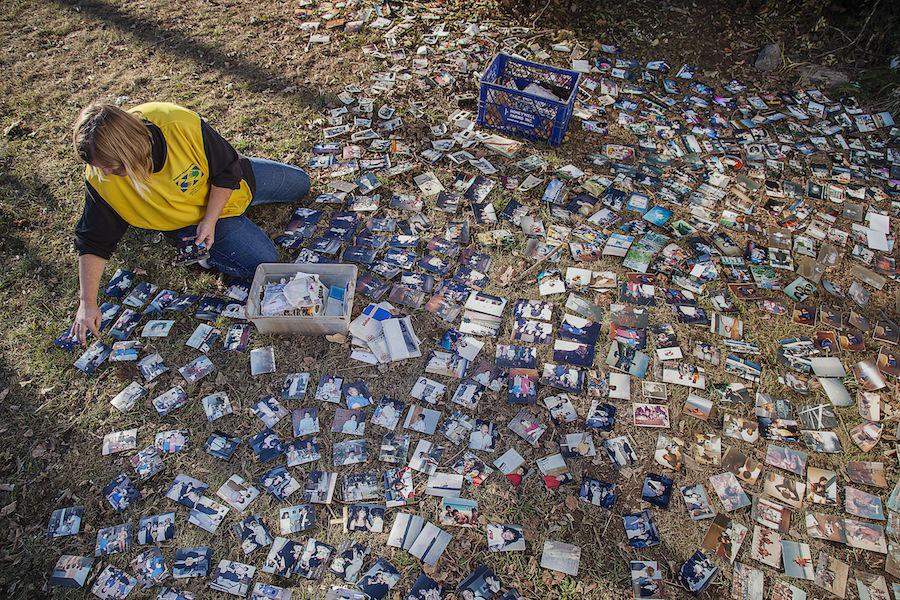
Copyright Ed Kashi/VII
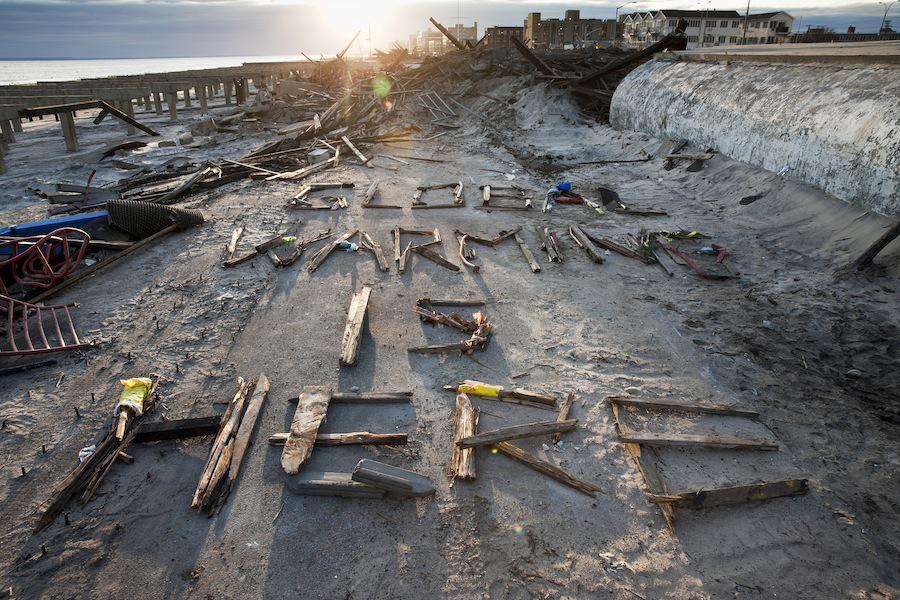
Copyright Natan Dvir

Copyright Natalie Keyssar for the Wall Street Journal
